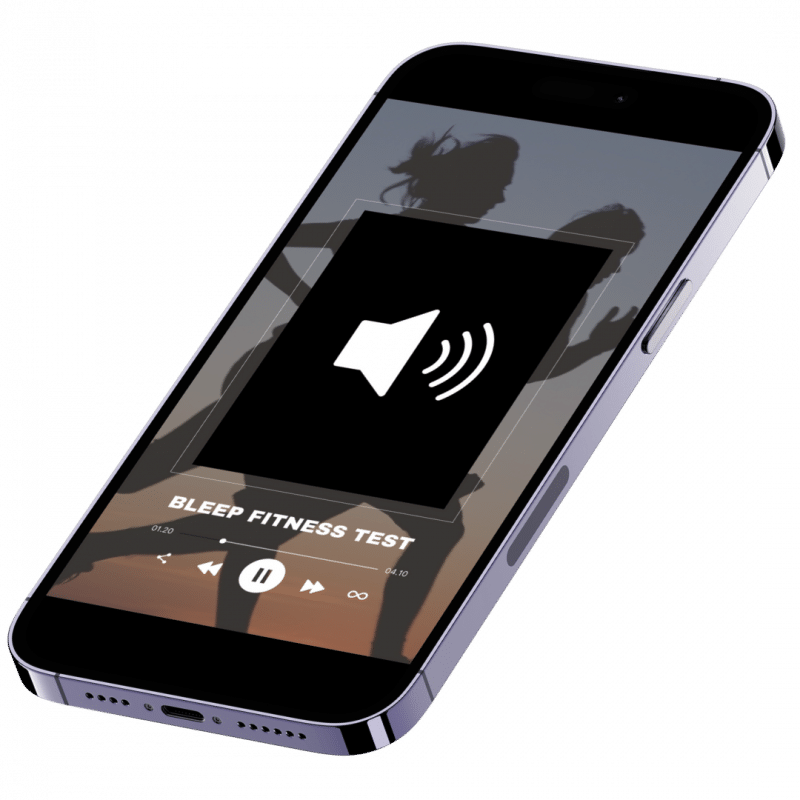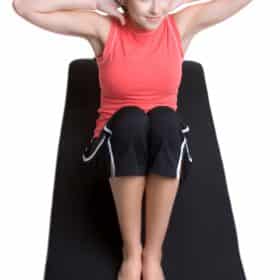ABOUT THE BLEEP TEST / MULTI STAGE FITNESS TEST
Part of the application process to become a police officer, prison officer, firefighter, or to join the army includes a fitness test. There is a standard fitness test that is used across England and Wales known as the Bleep (or Beep) test.
- The test itself is based around what level of physical activity and exertion is actually required by a candidate on a day-to-day basis and so is called the ‘job related fitness test’ or JRFT.
- This fitness test is compulsory for all applicants going through the recruitment process, regardless of gender or age to ensure they meet the level of fitness required for the job.
PREPARATION IS KEY
If you know that you are unfit, it is strongly advisable to attain a reasonable level of fitness before you apply, because if you fail at any level of the recruitment process, it is often a long wait (6 months in the police) before you will be able to apply again. So take your fitness into your own hands.

THE JOB-RELATED FITNESS TEST IS DIVIDED INTO TWO SECTIONS:
1. First the endurance test which will test your cardio and lung capacity
2. The second is the ‘push/pull test’ which is designed to test your strength and ability in detaining a subject and moving that subject to a cell or car.
THE BLEEP TEST EXPLAINED
The first part of the test which tests endurance is also called the bleep test. This test is set up as follows:
- It is a 15/20 metre course;
- The course is marked with lines at fairly regular intervals, and it is the task of the candidate to run over and between the lines;
- The candidate runs between two lines keeping time with an audio bleep;
- The candidate must run between one line and another in time with the bleeps;
- At the beginning of the exercise, the bleeps will be spaced further apart and as the test continues the bleeps will become closer and closer together;
- As the intervals between bleeps reduce, the candidate is made to run harder, through this exertion the candidates fitness is measured.
- The candidate must ensure that they place one foot on or beyond the line at the end of each run;
- Once they have reached the line the candidate must wait for the bleep before resuming;
- The test finishes when the candidate misses a bleep or they decide to stop themselves. Some organisations will allow a candidate 3 attempts to catch up with the bleep;
- An assessor should if typically used to record the level and number of runs that is completed and therefore able to determine what level has been reached.
The agreed level of fitness varies depending on the job applied for but for the police this is currently set to 5.6 which is not difficult to achieve if you have an average level of fitness going into the test. Nevertheless, preparation is the key to each for of the recruitment process and the last thing you want is to make it through all the other stages and fail due to fitness. You need to pass both parts of the fitness test in order to pass overall.
- For the ‘push/pull test’ your strength will be measured by a machine, which is loosely related to a rowing machine;
- The candidate is positioned sitting in a chair, resting against a back rest, and feet firmly on the ground;
- The candidate is then required to complete a series of pushes and then a series of pulls with a bar in order to test physical strength;
- The required level of strength for the police is 35 to pass this section of the fitness test;
- For the Royal Marines and the Parachute Regiment the target required is Level 14.




